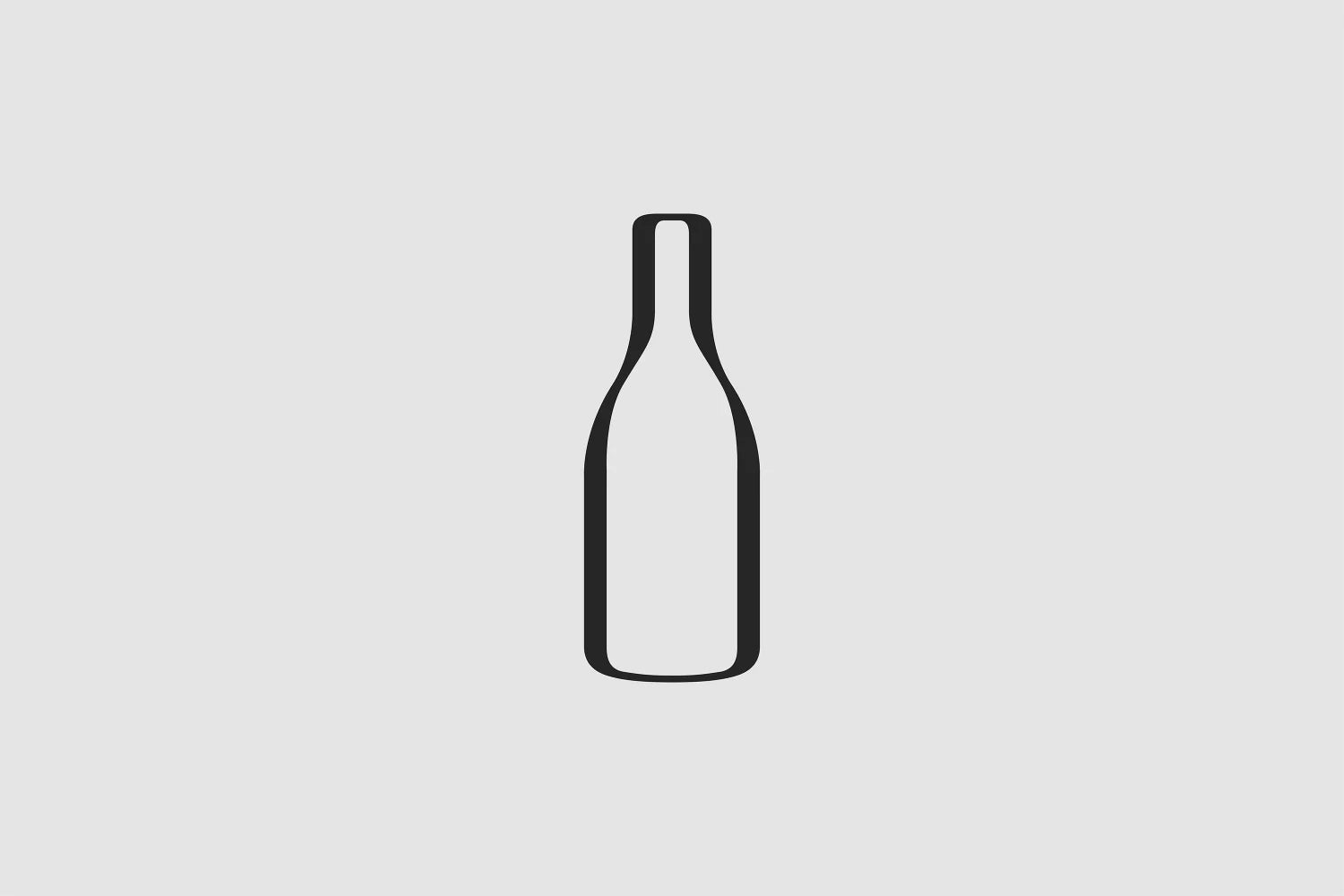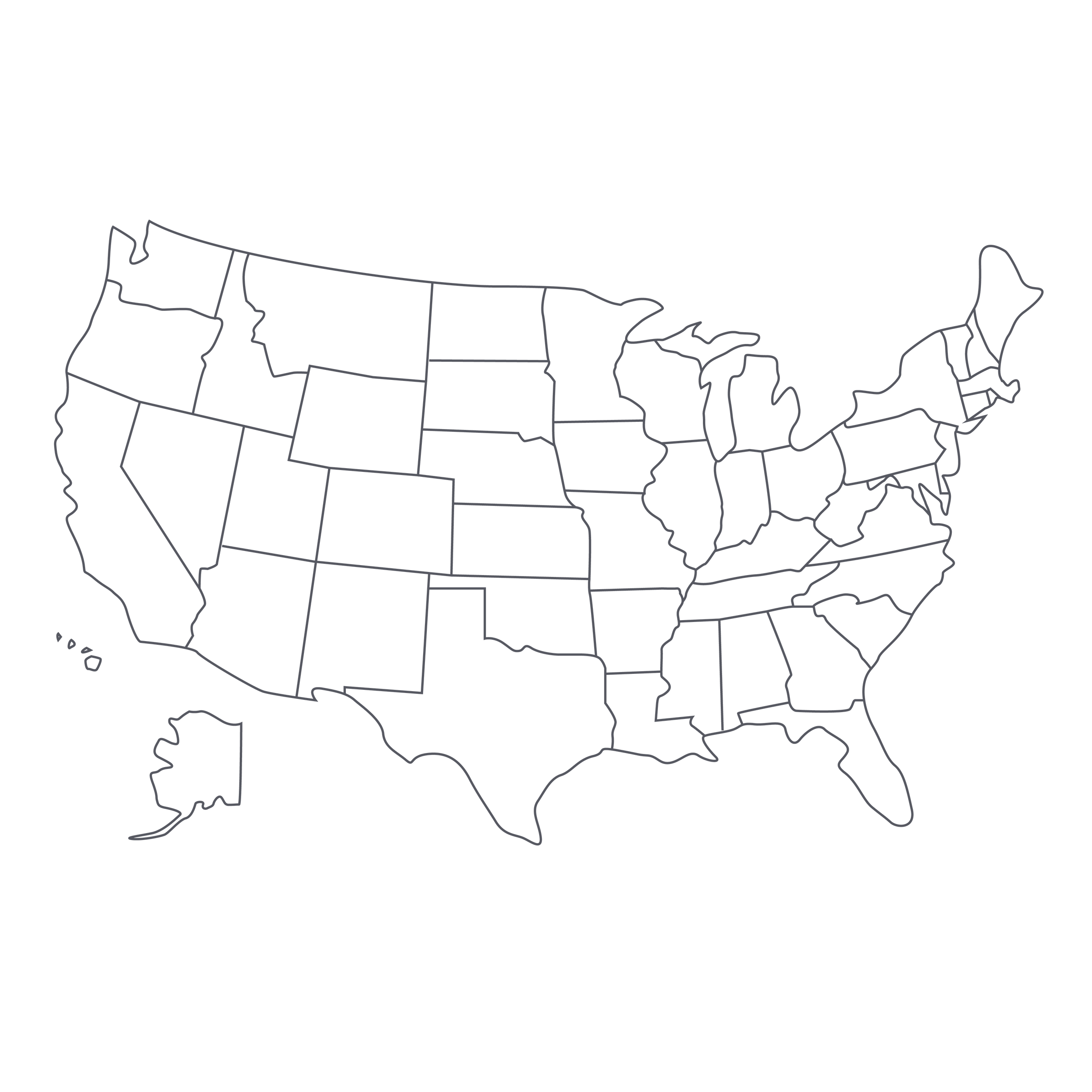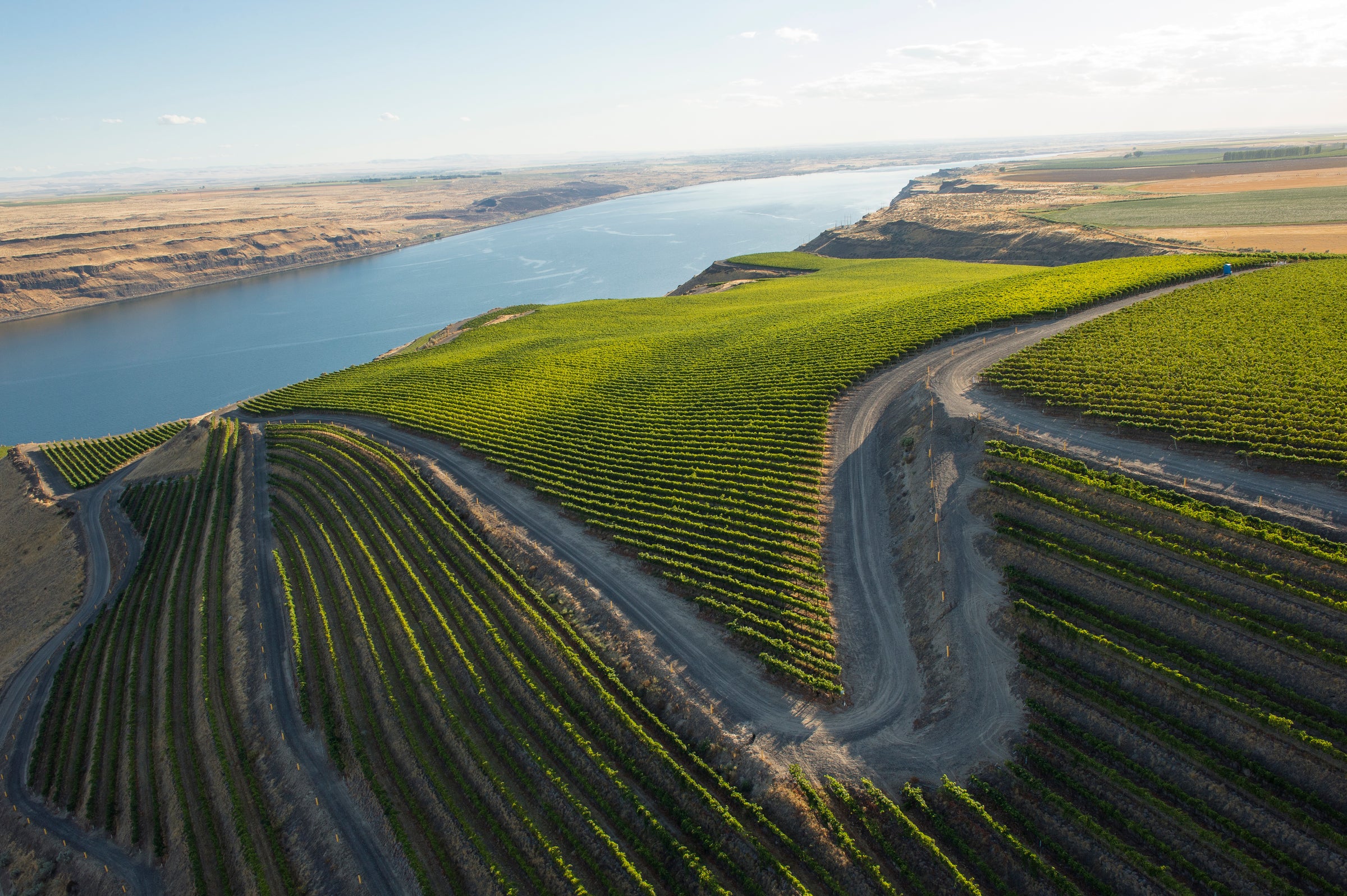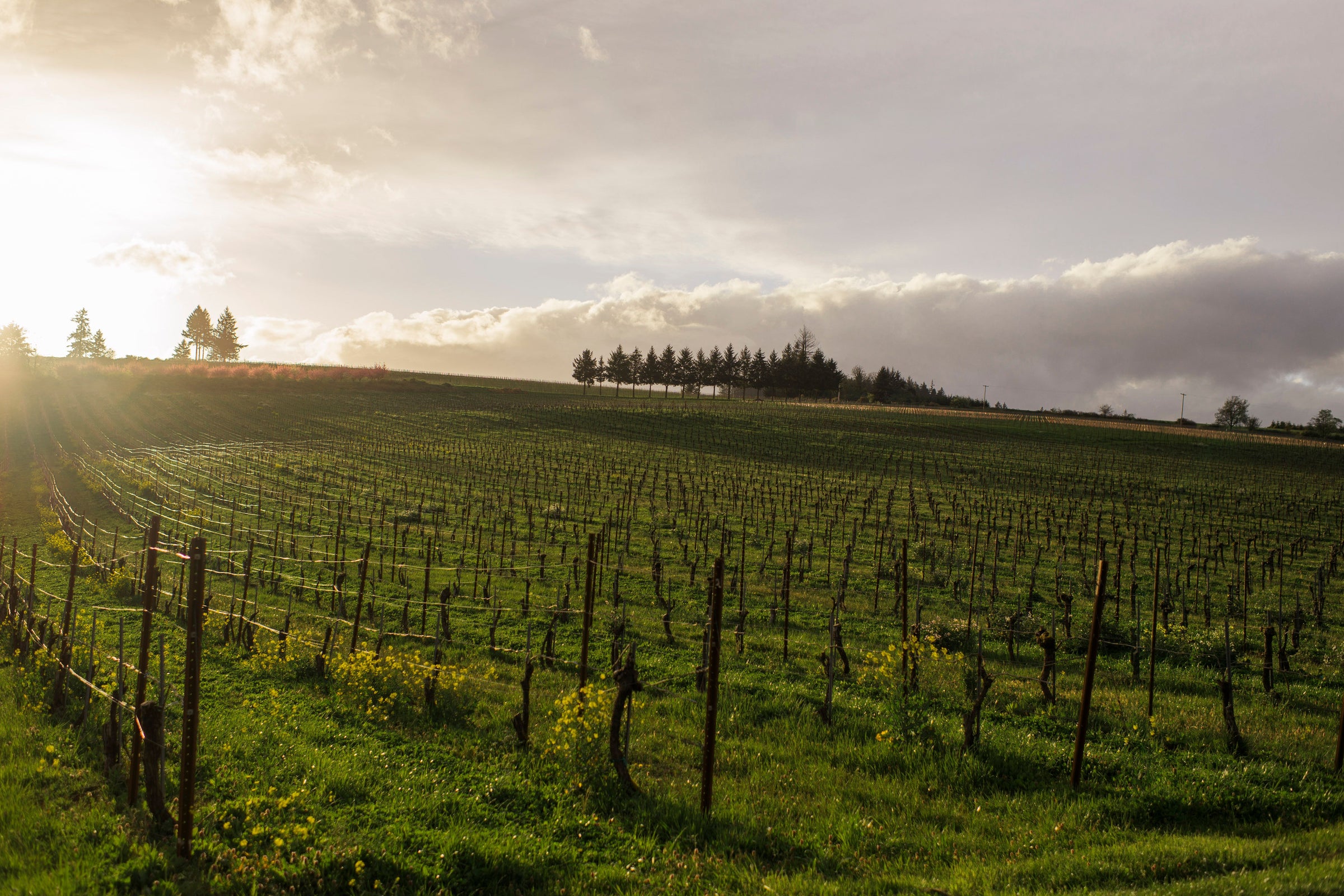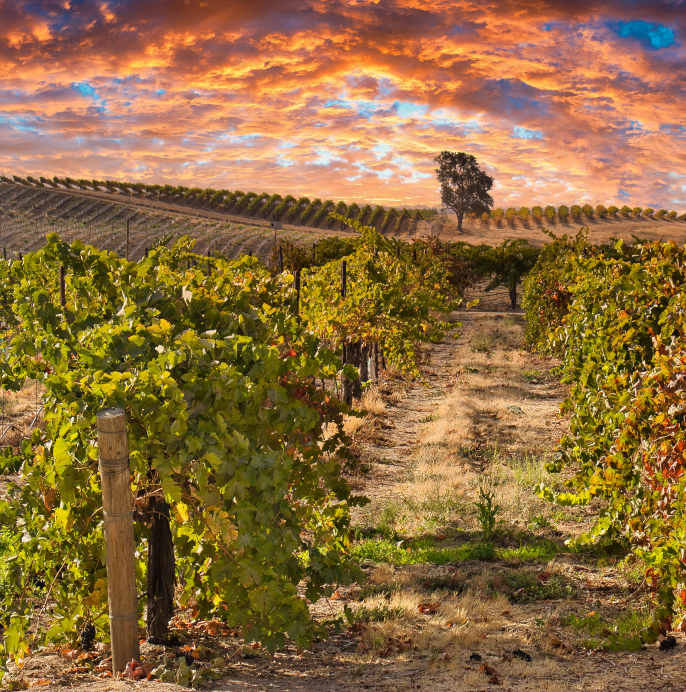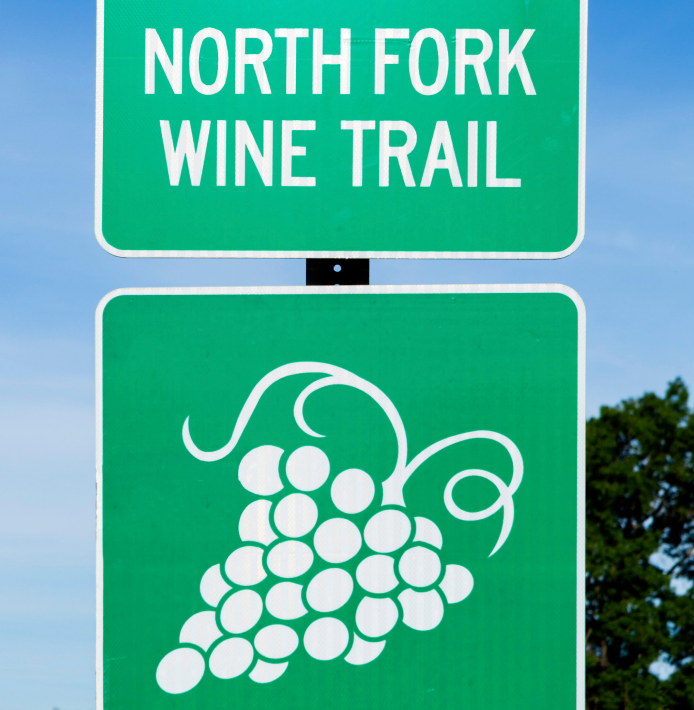Although this may look familiar to many of you, we want to be crystal clear that it is entirely different than last year’s offer, meaning it is not the wine that we called the Holy Grail of rosé values. I only say this because today’s “Temperance” is even greater, as evidenced by the numerous bottles that already line our fridge doors. Want more than our opinion? How about the glowing review given by Wine & Spirits Magazine, who awarded it “The Year’s Best Rosé” in America. Honestly, we thought the greatest rosé values were confined to the Mediterranean paradise of Provence, but California born-and-bred Easkoot has disrupted and reconstructed that belief: When it comes to sheer price-to-quality, there simply aren’t many rosés in the world that can compete with everything that’s loaded into this bottle.
For today’s best-in-class rosé, Easkoot has married two unique sites and grapes: the Chileno Valley Vineyard in Marin for their Pinot Noir and a gnarled 80-year-old parcel of Carignan in Mendocino. It was raised with natural yeasts, matured in used French barrels, and bottled shortly after in order to preserve its laser-sharp tension, delicate fruit, and extreme mineral savor. You’d think the “Year’s Best Rosé” would be well-known and readily available for purchase, but we’ve discovered the exact opposite to be true: This small-production wine basks in relative obscurity—just another reason why we love it so much. Buy all you can!
Captain Alfred Derby Easkoot. What a name, what a pioneer. It was this man who was christened as Marin County’s first land surveyor in the 1800s, and today’s eponymous label is a deferential nod. Easkoot Cellars’ inaugural vintage came in 2009 and over the past decade, the sole focus has been on crafting small-batch, cool-climate wines. They’re mostly known for their tremendously valued, single-vineyard Pinot Noirs, of which are snatched up at breakneck paces, but today we’re focusing on one of their even smaller projects: mouthwatering, delicately perfumed Vin Gris.
For their 2018 “Temperance” bottling, the small Easkoot team worked with Mark Pasternak, who farms the Chileno Valley Vineyard in the Petaluma Gap. From him, they hand-harvested a beautifully ripe batch of Pinot Noir. They also drove up to Ukiah, in Mendocino, to acquire a bit of 80-year-old Carignan. They quickly transported the crop down to their custom crush facility in Santa Rosa and gently pressed it into stainless steel. Following a native-yeast fermentation, the Pinot Noir and Carignan were blended and transferred into neutral french barrels for two months. The final wine consists of 75% Pinot Noir, 25% Carignan.
The moment you dip your nose in the glass, you’ll immediately understand why we’re so amped up about Easkoot’s rosés. While last year’s $19 “Esther Frances” was more nervy, mineral, and piquant, this shows increased texture and character that must be attributed to the lush Pinot Noir, ancient-vine Carignan, and barrel aging. Just think: You’re getting all these “bonus features” for just a couple dollars more than last year’s bottling—and it’s WELL worth the slightly higher investment. A vivid array of crushed, delicately ripe fruit and earth announces itself on the palate: white peach skin, Rainier cherry, citrus blossoms, pink grapefruit, orange peel, seaspray, crushed stones. Yes, this is loaded with vibrant flavors, but that’s not all that makes a rosé great. It’s about mouthfeel, texture, and buoyancy—and this 2018 “Temperance” has it all. It graces your palate with incredible finesse, delivers multiple layers of fruit and savor, and leaves your entire mouth-watering long after the sip has disappeared. I cannot get enough of it! Those who know me will definitely see a few (empty) bottles of this by the pool this summer. Cheers!
